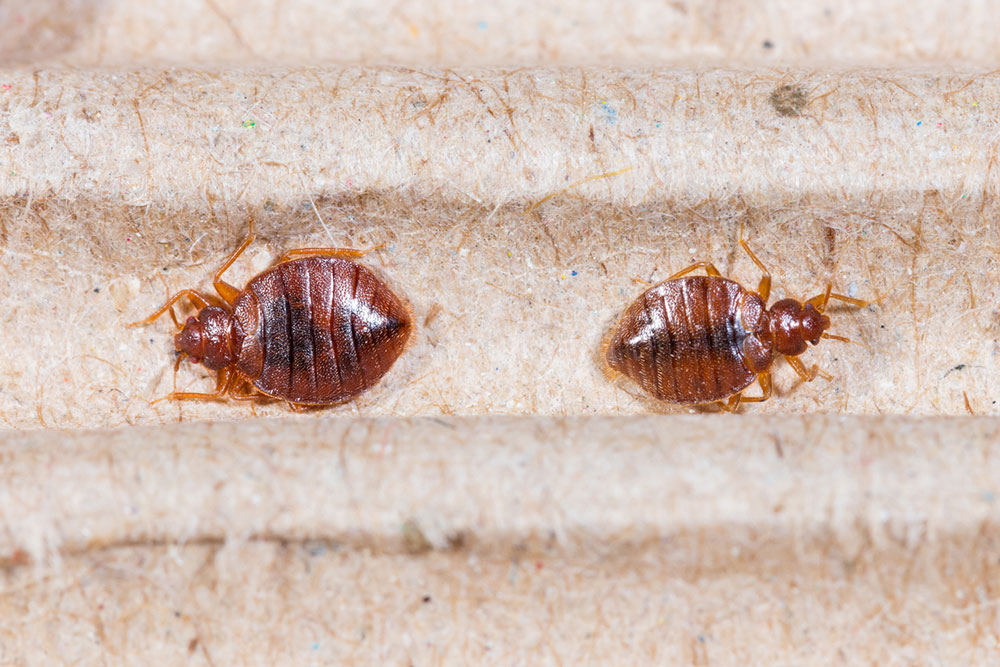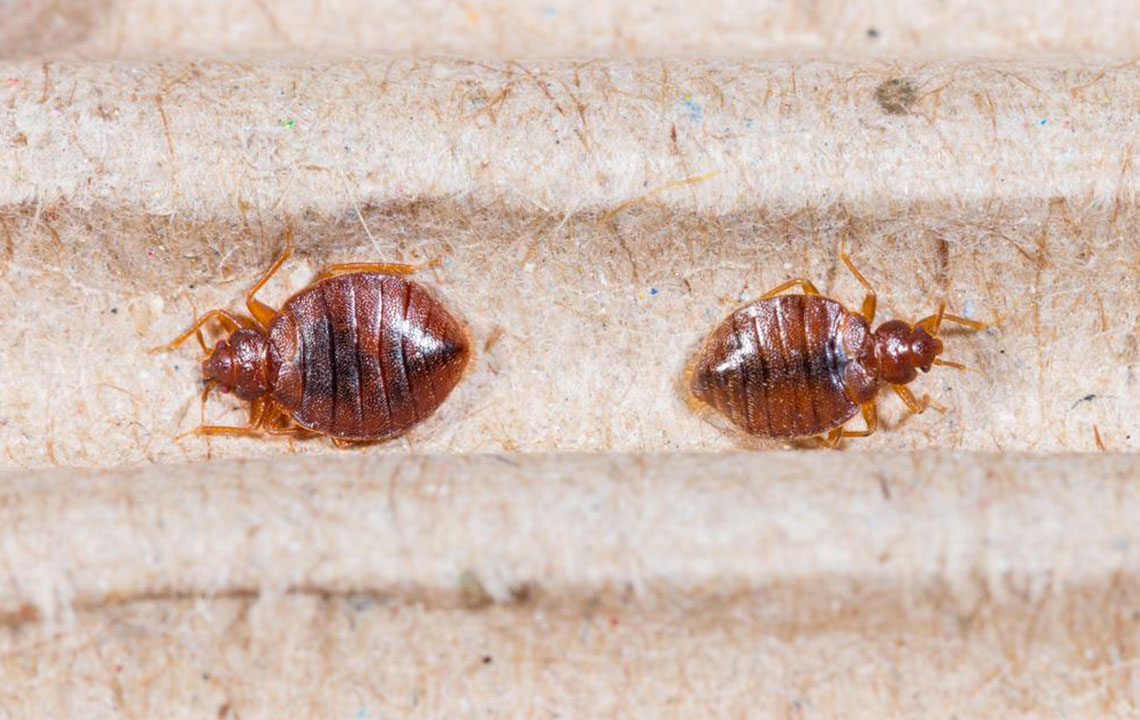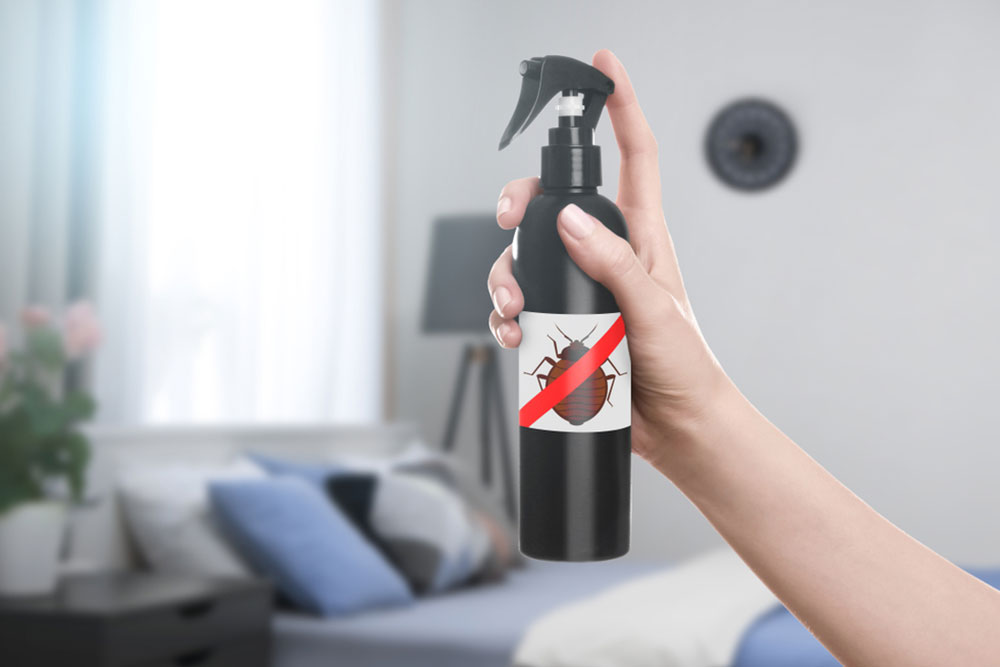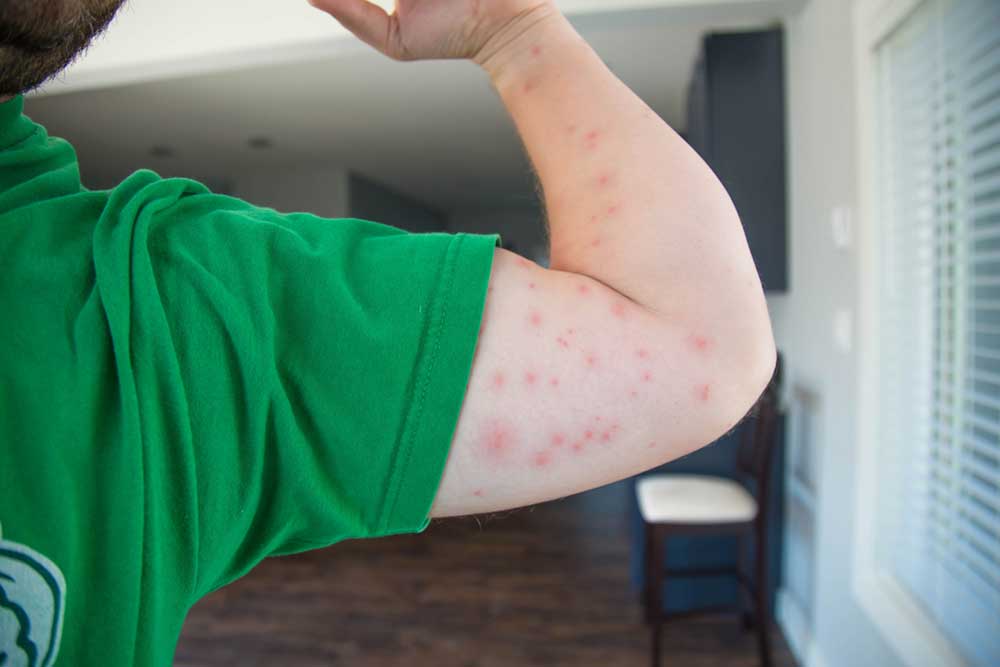Identifying and Managing Bed Bug Bites
This article covers how to identify bed bug bites, common symptoms, detection strategies, and effective treatment options. It emphasizes the importance of professional pest control to eliminate infestations and provides practical home remedies for relief. Understanding signs and reacting promptly can prevent complications and ensure safety from these elusive pests.

Identifying and Managing Bed Bug Bites
Bed bugs are tiny, elusive pests that hide in bedding, furniture, and surrounding areas. They feed on human blood at night, biting their host while asleep. These insects are small, oval-shaped, reddish-brown, and measure about 1-7 millimeters long, without wings.
If you notice signs of bed bugs, hiring a pest control specialist is crucial to eliminate infestations and prevent bites.
How do you recognize bed bug bites?
Many individuals do not react to bites, so symptoms can vary.
Those who do show symptoms might observe:
Itchy, raised bumps with dark centers and swollen edges
Bites clustered closely together
Linear or zigzag patterns of small red bumps
Hives or blister development at bite sites
Flat or raised skin patches that may be inflamed
White or transparent shed skins from nymphs
Bites typically occur on exposed skin areas like arms, legs, and the face.
Common signs and reactions to bed bug bites
Initial reactions may be absent or mild, appearing after a few days. The primary indicator is persistent itching, sometimes accompanied by burning or tingling sensations. Scratching can lead to infections, bleeding, and swelling. Before biting, bed bugs inject an anesthetic, preventing discomfort during feeding.
In rare cases, allergic reactions may cause symptoms such as:
Fever
Nausea
Breathing difficulties
Blistering and pain
Swelling of the tongue
Heart irregularities
If you experience these, seek urgent medical attention.
Detecting bed bugs in your home
Look for rust-colored fecal stains, shed skins, or eggs in bed corners. A musty odor might also indicate an infestation. Check hidden spots like under mattresses, behind wallpaper, beneath couches, or inside wall frames. If signs are present, contact a professional pest control service immediately.
Managing bed bug bites
Clean affected areas with soap and water. Use over-the-counter hydrocortisone creams or anti-itch ointments for relief. Oral antihistamines can also help. Most bites heal naturally within a week or two; persistent or worsening symptoms require medical advice.
Severe allergic reactions may need antihistamines, corticosteroid injections, or epinephrine. Antibiotics can treat secondary bacterial infections, and antiseptic creams help prevent complications.
Home remedies for relief
Applying a cold compress reduces itching and swelling. An oatmeal bath or baking soda paste can soothe skin irritation. Over-the-counter antihistamines are effective for symptom relief. To eradicate bed bugs, professional pest control is essential, as do-it-yourself methods often fail and may worsen the infestation. Complete removal may take several months, making professional treatment the safest choice.










